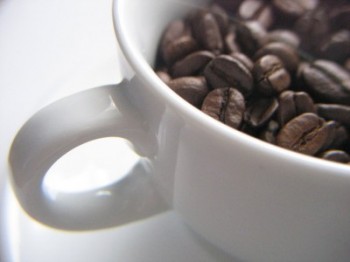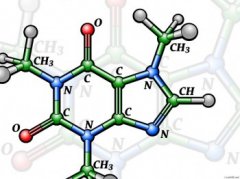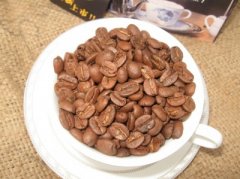Knowledge about the blending sequence of Italian mixed beans

For professional baristas, please follow the coffee workshop (Wechat official account cafe_style)
Pure coffee is to brew coffee beans from specific producing areas, and mixed coffee is to mix coffee from different producing areas, which changes the flavor of coffee.
Tasting pure coffee is a top enjoyment, enjoying its simple, unique flavor and personality; mixed coffee is not bad, with a more diverse and special flavor; between simple and complex, pure coffee and mixed coffee are both knowledgeable and fascinating.
Pure coffee, that is, pure coffee needs excellent coffee beans when brewing, and the appearance, size and color of coffee beans are the focus of selection. Only after strict selection can individual coffee be brewed to show its unique personality. Similarly, brewing a cup of diverse and special mixed coffee, its coffee beans also need to be carefully checked, so that the flavor of each coffee bean can be truly integrated.
The proportion of mixed coffee beans is mostly a trade secret, but there are several key points to know before mixing each coffee bean:
Decide the basic beans: you must first decide which coffee beans to use as the base beans, and further choose other beans to reconcile the overall flavor with the basic beans as the center.
Mix beans with opposite personalities: coffee beans have their own flavors. Try to mix coffee beans with completely opposite personalities to add a special coffee flavor.
Mix beans with similar personalities: mix beans with similar personalities, and then further choose the flavor of beans, adding different aroma and taste of coffee as a whole.
The following describes the representative mixing ratio of coffee beans:
Sour blending: 30% in Colombia, 30% in Brazil, 20% in Guatemala, 20% in Mocha
Bitter blending: 30% in Colombia, 30% in Brazil, 20% in Kilimanjaro, 20% in Robusta
Blending with rich taste: 40% in Colombia, 20% in Guatemala, 20% in Mantenin, 20% in Brazil
General allocation method: 40% in Colombia, 30% in Brazil, 20% in Mocha, 10% in Robsta
Important Notice :
前街咖啡 FrontStreet Coffee has moved to new addredd:
FrontStreet Coffee Address: 315,Donghua East Road,GuangZhou
Tel:020 38364473
- Prev

The love-hate relationship between coffee and caffeine how roasting and brewing change caffeine content
Professional barista Communication Please pay attention to the Coffee Workshop (Wechat official account cafe_style) Coffee can boost your spirits, but in moderation, as too much caffeine can be harmful to the body. Caffeine is a xanthine alkaloid compound, which is a kind of stimulant. Chemical formula: C8H10N4O2 (trimethylxanthine) action: natural insecticide: found in more than 60 plant species
- Next

Cold posture | explain how to make decaf coffee
For professional baristas, please pay attention to the factors affecting the high and low caffeine content in the coffee workshop (Wechat official account cafe_style), such as the type of coffee beans, soaking time, grinding thickness, brewing method, water temperature, extraction time and so on. Caffeine has some effects on the body, which leads to the popularity of decaffeinated coffee. Decaffeinated coffee refers to the coffee before it is roasted.
Related
- Beginners will see the "Coffee pull flower" guide!
- What is the difference between ice blog purified milk and ordinary milk coffee?
- Why is the Philippines the largest producer of crops in Liberia?
- For coffee extraction, should the fine powder be retained?
- How does extracted espresso fill pressed powder? How much strength does it take to press the powder?
- How to make jasmine cold extract coffee? Is the jasmine + latte good?
- Will this little toy really make the coffee taste better? How does Lily Drip affect coffee extraction?
- Will the action of slapping the filter cup also affect coffee extraction?
- What's the difference between powder-to-water ratio and powder-to-liquid ratio?
- What is the Ethiopian local species? What does it have to do with Heirloom native species?

